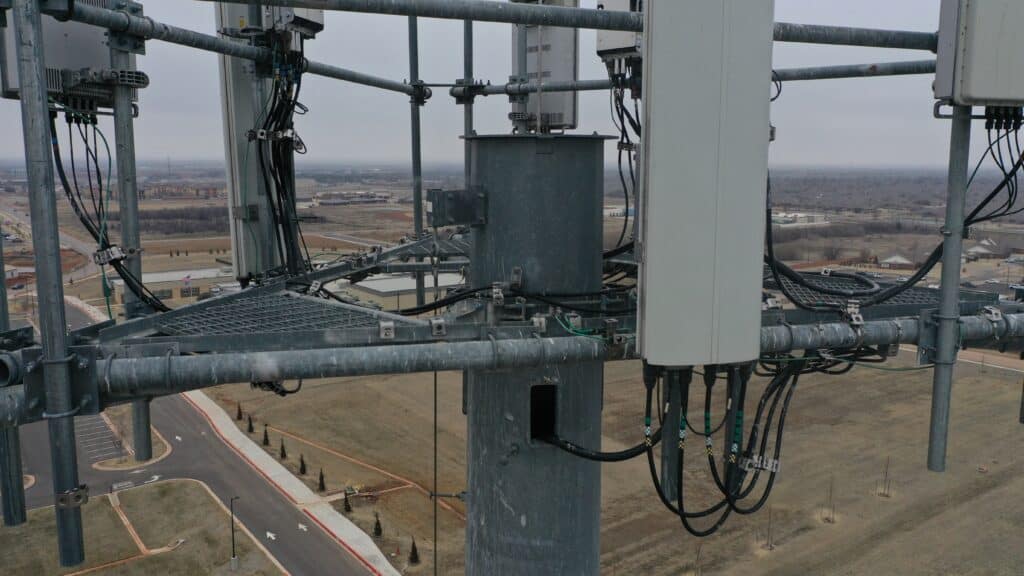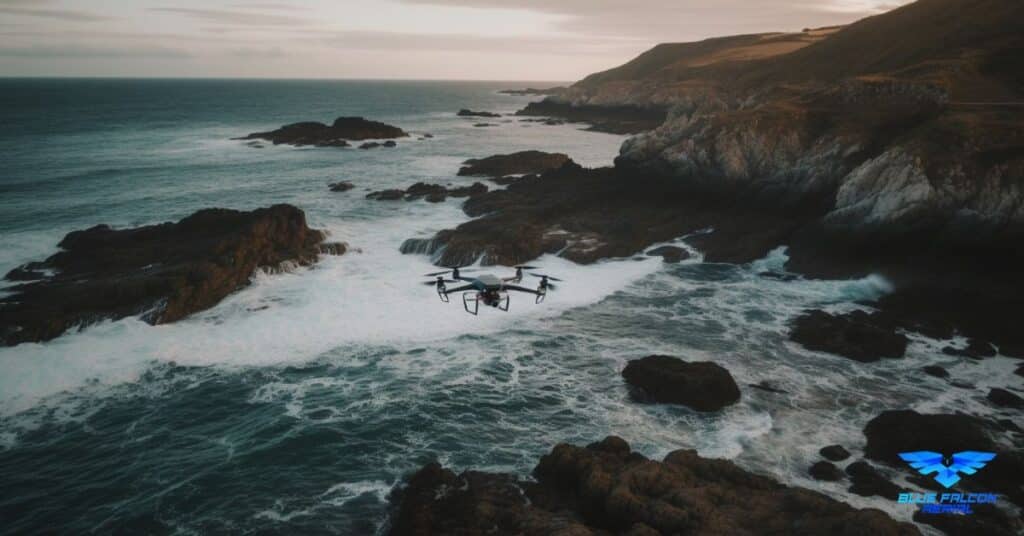Introduction
Aerial Ground Penetrating Radar (GPR) is a revolutionary technology that has significantly impacted various industries, including construction, archaeology, and environmental studies. This powerful tool has changed the way professionals gather subsurface information in a non-invasive and efficient manner. This article will provide an overview of Ground Penetrating Radar, its applications, and advantages.
What is Ground Penetrating Radar?
Ground Penetrating Radar (GPR) is a geophysical technique that uses radio waves to detect and analyze subsurface structures and features. This technology sends electromagnetic signals into the ground and records the reflected signals to create a detailed image of the subsurface. GPR is capable of penetrating various materials, such as soil, rock, concrete, and ice.
How Does GPR Work?
GPR operates by transmitting high-frequency radio waves into the ground using an antenna. When these waves encounter a change in material properties, such as a buried object or a boundary between different layers, some of the energy is reflected back to the surface. The remaining energy continues to penetrate deeper into the ground. A receiving antenna then captures the reflected signals, and specialized software processes the data to generate a visual representation of the subsurface features.
Applications of Aerial Ground Penetrating Radar
Archaeology
GPR has significantly impacted the field of archaeology by allowing researchers to locate and map buried structures, artifacts, and other features without disturbing the site. This non-invasive technique helps archaeologists plan excavation projects more effectively and minimizes the risk of damaging valuable historical resources. One notable example is the discovery of lost Mayan temples in Mexico using drone-based GPR.
Construction and Infrastructure
GPR is an invaluable tool for construction professionals, as it allows them to identify and locate buried utilities, rebar, and conduits within concrete structures. This information helps to prevent accidental damage during construction or maintenance activities, saving time and money. In addition, GPR can assist in evaluating the condition of existing infrastructure, such as bridges and roads, by identifying potential issues like voids and subsurface anomalies.
Environmental Studies
GPR has proven to be beneficial in environmental studies, as it can provide valuable information about the subsurface composition of a site. This data can help to identify areas of contamination, assess groundwater resources, and monitor changes in soil properties due to environmental factors or human activities. Moreover, GPR can be used to map subsurface geological features, like bedrock and faults, which can be crucial in understanding the risks associated with natural hazards such as landslides and earthquakes.
Advantages of Aerial Ground Penetrating Radar
- Non-invasive: GPR allows for the exploration of subsurface features without causing any damage to the environment or the surveyed area.
- High-resolution data: GPR provides detailed and accurate information about the subsurface, enabling professionals to make informed decisions.
- Real-time results: GPR data can be processed quickly, providing immediate insights into the subsurface conditions.
- Versatility: GPR can be used in various environments and across different industries, making it a highly adaptable tool.
- Safety: GPR helps to locate and identify potentially hazardous buried objects or features, reducing the risk of accidents and injuries during construction and excavation projects.
Conclusion
In conclusion, this article has provided an in-depth overview of ground-penetrating radar (GPR) technology, its principles, and its diverse applications across various industries. Gaining a better understanding of GPR and its capabilities will impact readers who work in fields such as construction, archaeology, environmental assessments, and more. Armed with this knowledge, you can now make well-informed decisions when implementing GPR technology in your projects to ensure the best possible outcomes.
If you’re interested in expanding your expertise or exploring the potential of starting your own drone-based business, we highly recommend visiting Soaring High: A Comprehensive Guide to Building and Growing Your Drone Business. This valuable resource will offer you crucial insights on how to thrive in the rapidly evolving world of drone technology.
If you require assistance with a ground-penetrating radar project or have any questions, feel free to contact the professionals at Blue Falcon Aerial. Visit their contact page and connect with an expert who can guide you through your project requirements and provide customized solutions tailored to your specific needs.




